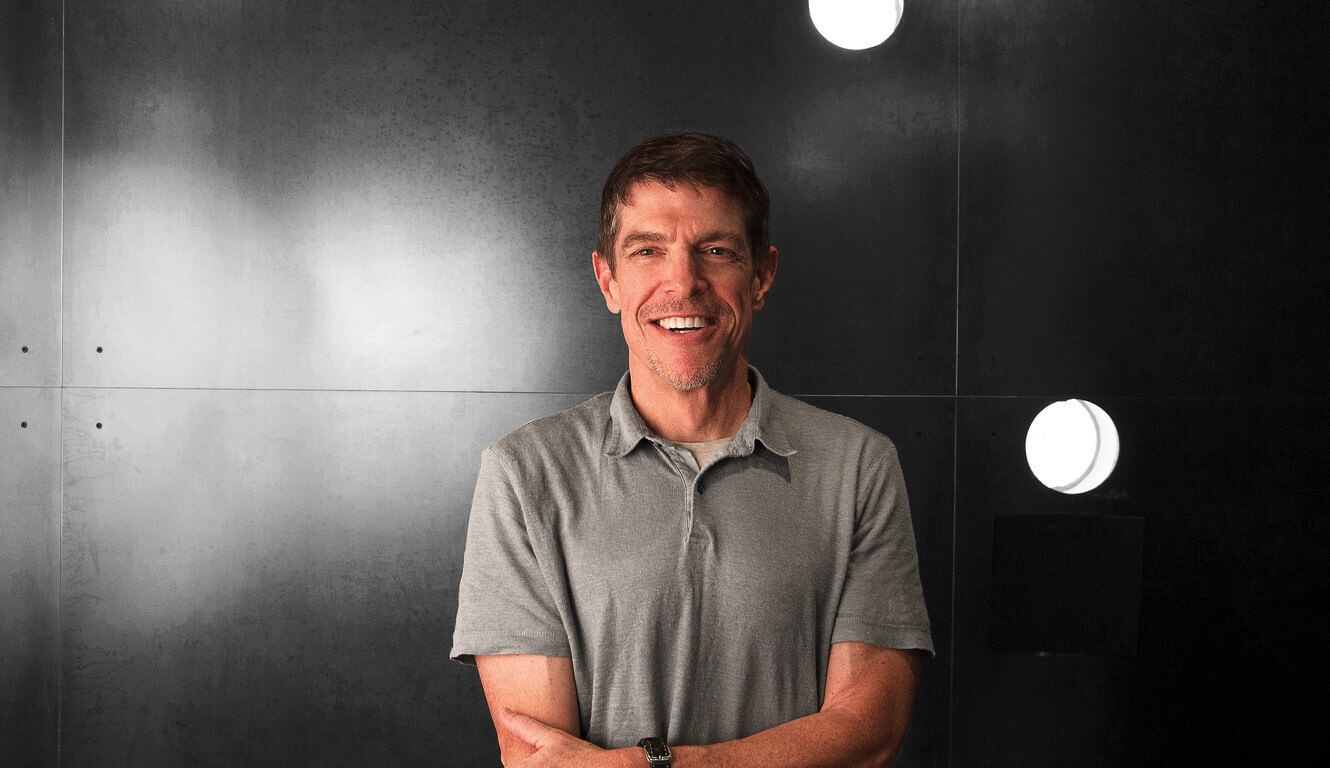Instead of fearing crowdsourcing, companies should embrace ‘crowdvoicing’
A few weeks ago, JC Penney unveiled a new logo, created by a third-year design student at the University of Cincinnati. According to the company’s press release, JC Penney solicited “over 200 designs for consideration.”
That’s right: a company valued at almost $18 billion crowdsourced its new logo—and chose a student’s design.
This announcement is just one of many that have agencies up in arms over crowdsourcing. But companies have gone outside the agency world before for brand design.
In 1936, Toyota (then Toyoda) put out a call for entries to design its corporate logo, and according to legend, a University of Oregon student designed the Nike swoosh for essentially the price of dinner.
But the legends are the exception, not the norm. Companies can look beyond agencies, but brands can’t win by cutting corners.
The swoosh turned out to be a great deal for Nike, but that icon did not create the brand.
It was the entire strategy—the advertising, the athletic endorsements, the product performance, and Nike’s ability to communicate with clarity and authenticity—that built this now powerhouse brand.
So while agencies need not fear the impact of crowdsourcing—letting the crowd take your job away from you—they should embrace the importance of (to introduce a new phrase): crowdvoicing.
With the power of social media, crowdvoicing is a new form of market research—a real-time, global focus group at your fingertips.
With the ease of online conversation today, the crowd makes it much easier for customers to have a voice in brand-building.
The downside is that brands run a greater risk of backlash when they announce changes. This is especially true when consumers have strong engagement with a brand: the more customers love the brand, the greater the risk—and the louder the disapproval when that brand makes changes.
But, just as a company cannot rely solely on its logo to define its brand, it also cannot gather all of its inspiration from the crowd. The crowd can surely help define the problem, but it will rarely provide the solution.
As Henry Ford famously once said, “If I’d asked customers what they wanted, they would have said ‘a faster horse.”‘
Forward-thinking companies draw inspiration from a combination of strategy, creativity and audience insight. These are things that a successful agency or brand designer brings to the table that a student or armchair designer cannot.
Communication with the crowd needs to go two ways. Successful brands must communicate with clarity and authenticity. If your brand is not clear on the reasoning behind changes, the crowd will let you know.
Likewise, a successful change can receive outspoken crowd support. A recent example? Starbucks.
Only time will tell whether JC Penney’s crowdsourcing experiment will become the stuff of legend, but there’s one early sign that it won’t: Its customers haven’t voiced strong opinions either way. And the only thing riskier than bad crowd buzz is no crowd buzz.
Read the original article.
